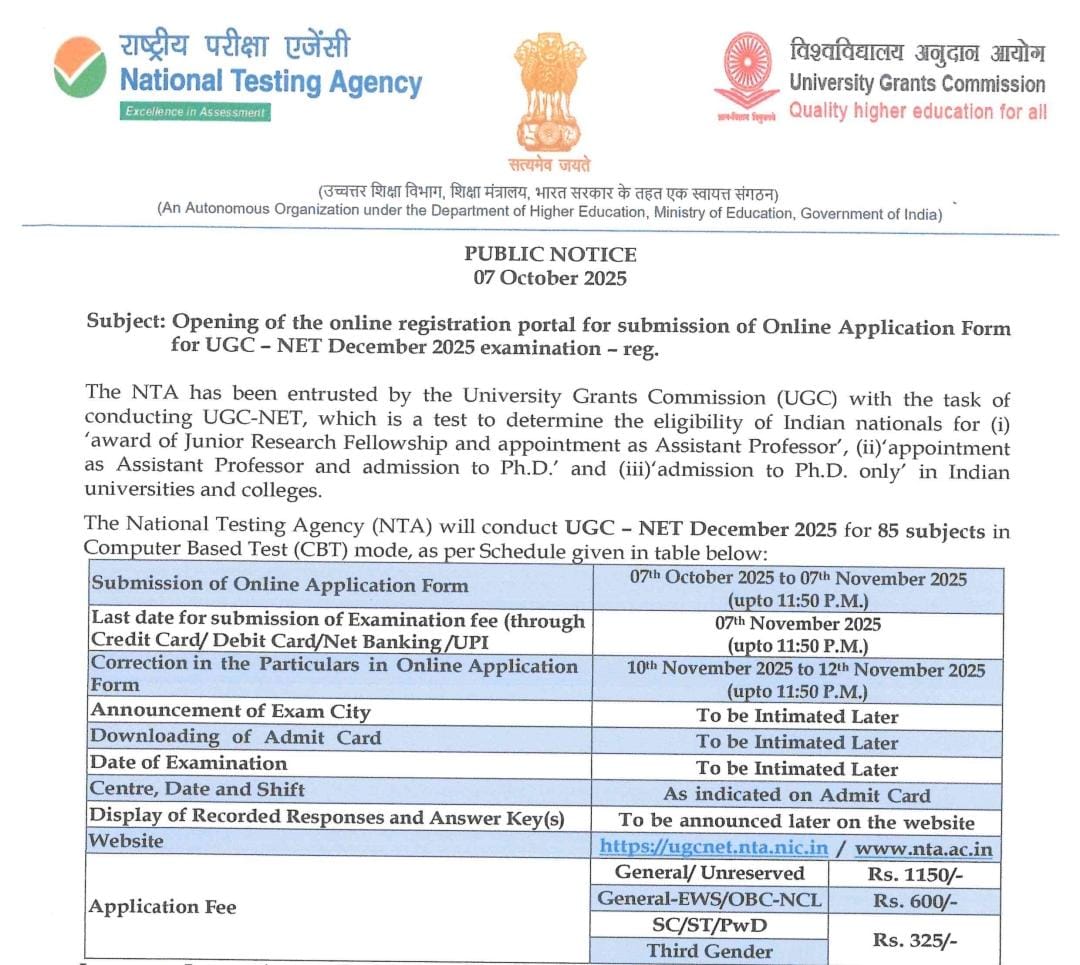Google has announced that its advanced AI-powered search feature, known as AI Mode, will soon be available in five additional languages, including Hindi, Indonesian, Japanese, Korean, and Brazilian Portuguese. This expansion follows its successful launch in English across more than 180 countries, where users appreciated its ability to handle complex queries more intuitively. The move is particularly significant for countries like India, where a large section of the population prefers to engage with technology in their native language.
AI Mode is powered by Google’s custom version of its Gemini 2.5 AI model, designed to process multi-layered queries that often require multiple searches. Instead of breaking a question into smaller parts and searching separately, users can now ask their queries in one go and receive a structured, context-aware response. The system also allows for multiple input modes, including text, voice, and images. For example, a student could upload a diagram from a textbook, ask a voice question in Hindi, or type out a detailed query. The AI then integrates these inputs to provide a more accurate and comprehensive answer.
What makes this development stand out is Google’s focus on cultural and linguistic nuances. Rather than simply translating from English, AI Mode is being designed to understand local context, ensuring that responses align with the language’s cultural background, norms, and relevance. This means Indian students using Hindi will not only see translated answers but also examples and explanations rooted in their own environment, making the content far more relatable.
For students, this expansion is particularly valuable. Many learners in India are more comfortable with Hindi than English, especially in schools where English is not the primary medium of instruction. Having AI Mode available in Hindi will allow them to conduct research, complete assignments, and clarify concepts without the barrier of language. This step enhances accessibility and inclusivity, ensuring that students from semi-urban and rural areas can also benefit from the same level of advanced technology as their urban counterparts.
The introduction of multimodal learning support is another key advantage for students. With the option to use voice and image inputs, learners are no longer restricted to typing queries. For example, they can take a picture of a mathematics problem or a science diagram and ask the AI to explain it. Similarly, those who struggle with typing can simply ask their questions verbally. This makes the process of learning more interactive and flexible, catering to diverse learning styles.
AI Mode is also well suited for handling exploratory questions that require layered explanations. Students often need to connect multiple concepts across subjects, such as relating historical events to geography or understanding how a scientific principle applies in real life. Traditionally, this would require searching through multiple websites and piecing together information. AI Mode simplifies this by integrating relevant content into one coherent response, saving time and effort. This efficiency can be particularly beneficial during exam preparation, when students need quick yet reliable explanations.
Another crucial benefit lies in the local relevance of information. For subjects like geography, civics, or environmental studies, having answers tailored to Indian contexts can make learning more meaningful. Instead of generic examples, students can expect references to Indian climate, culture, and social realities. This makes lessons not only easier to grasp but also more directly applicable to their own lives and surroundings.
The feature also supports continuous learning through follow-up questions. A student may begin with a broad question and then narrow down to specific details without needing to start a new search. This conversational style mirrors the process of interacting with a teacher, offering a tutoring-like experience. For students with heavy workloads, this efficiency can reduce the time spent on searching and increase the time spent on actual understanding.
At the same time, the expansion of AI Mode has broader implications for bridging the digital divide. Many students in India struggle with English proficiency or lack advanced typing skills. By making AI Mode available in Hindi and other languages, Google is lowering barriers to entry, empowering more students to access quality educational support. This is particularly important for those in rural or economically disadvantaged areas, where access to advanced tutoring may be limited.
Of course, some challenges remain. The accuracy of AI-generated answers in Hindi and other new languages will depend on the depth and quality of the data available. There may be teething issues in the early stages, and students will still need to verify answers against textbooks and credible sources. However, the overall impact is expected to be positive, offering a strong support system to learners who are increasingly relying on digital tools for education.
In conclusion, Google’s decision to expand AI Mode to Hindi and four other languages marks a major step in making advanced digital learning tools more inclusive and relevant. For students, it opens doors to a world of knowledge in their own language, making complex subjects easier to understand and research more efficient. By breaking language barriers, supporting multiple input modes, and tailoring content to local contexts, AI Mode has the potential to transform the way students learn, prepare, and interact with information.

 Tech4 months ago
Tech4 months ago
 Bihar4 months ago
Bihar4 months ago
 Results3 months ago
Results3 months ago
 Admissions3 months ago
Admissions3 months ago
 Results4 months ago
Results4 months ago
 Education4 months ago
Education4 months ago
 Education3 months ago
Education3 months ago
 Business3 months ago
Business3 months ago




























